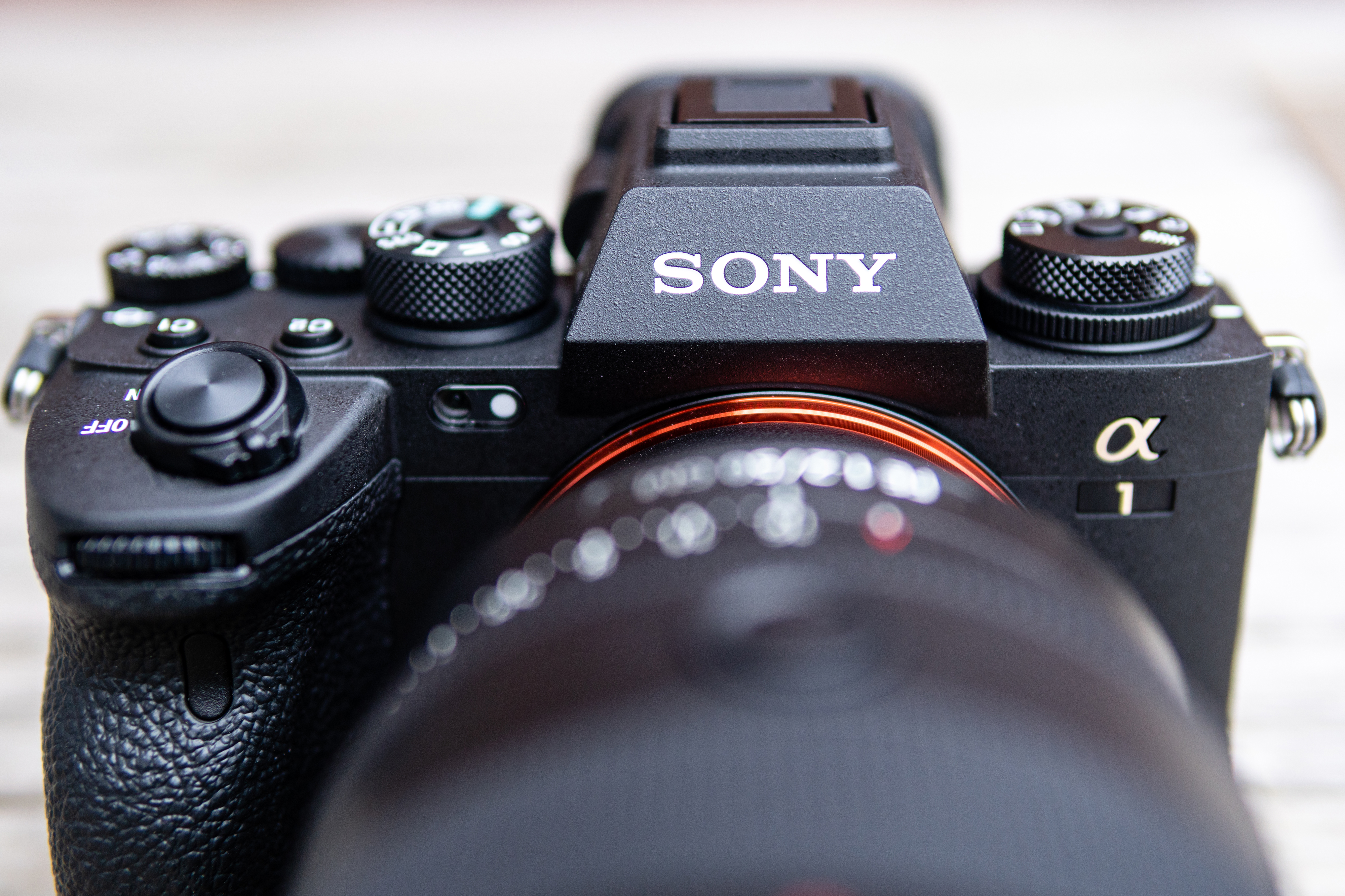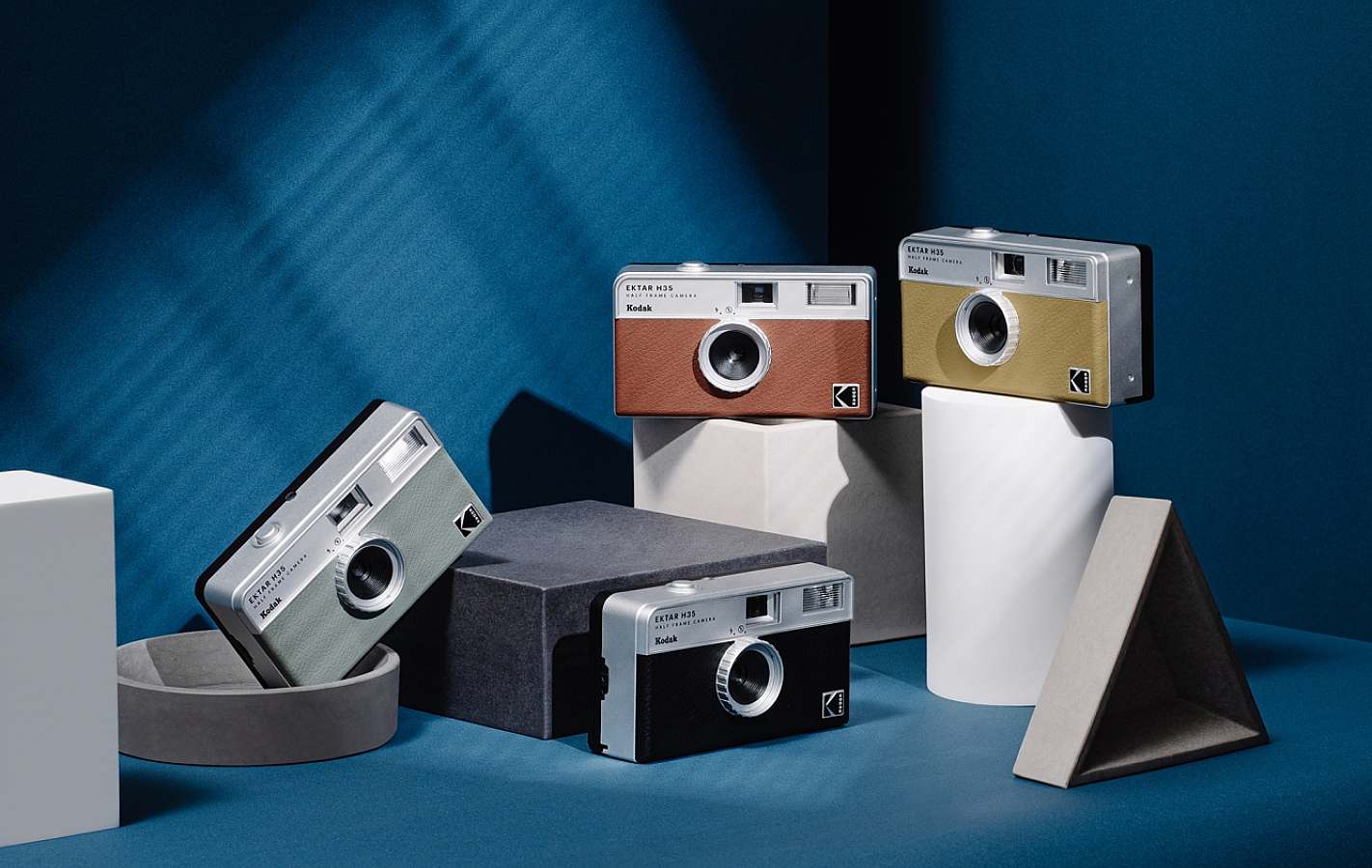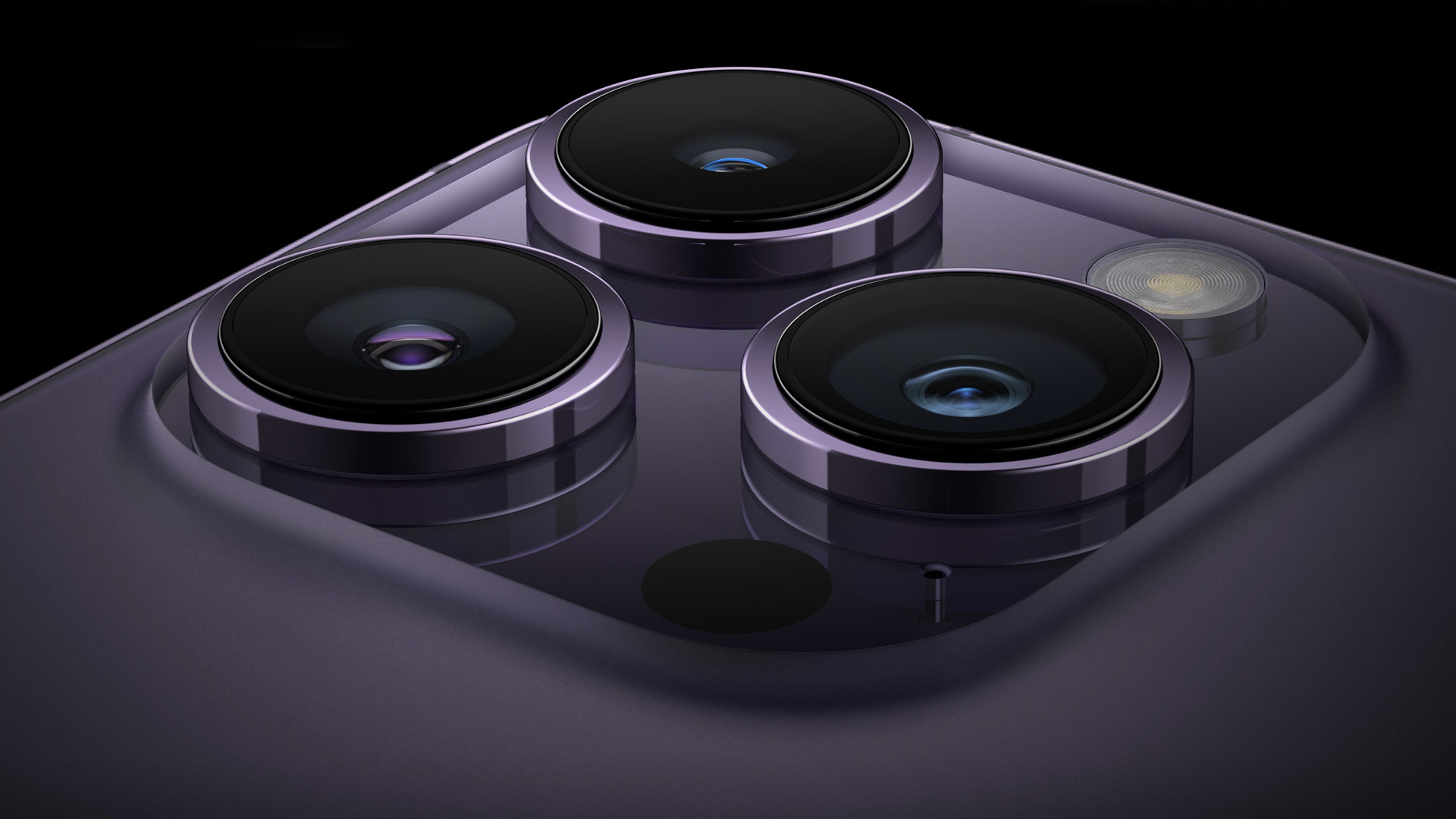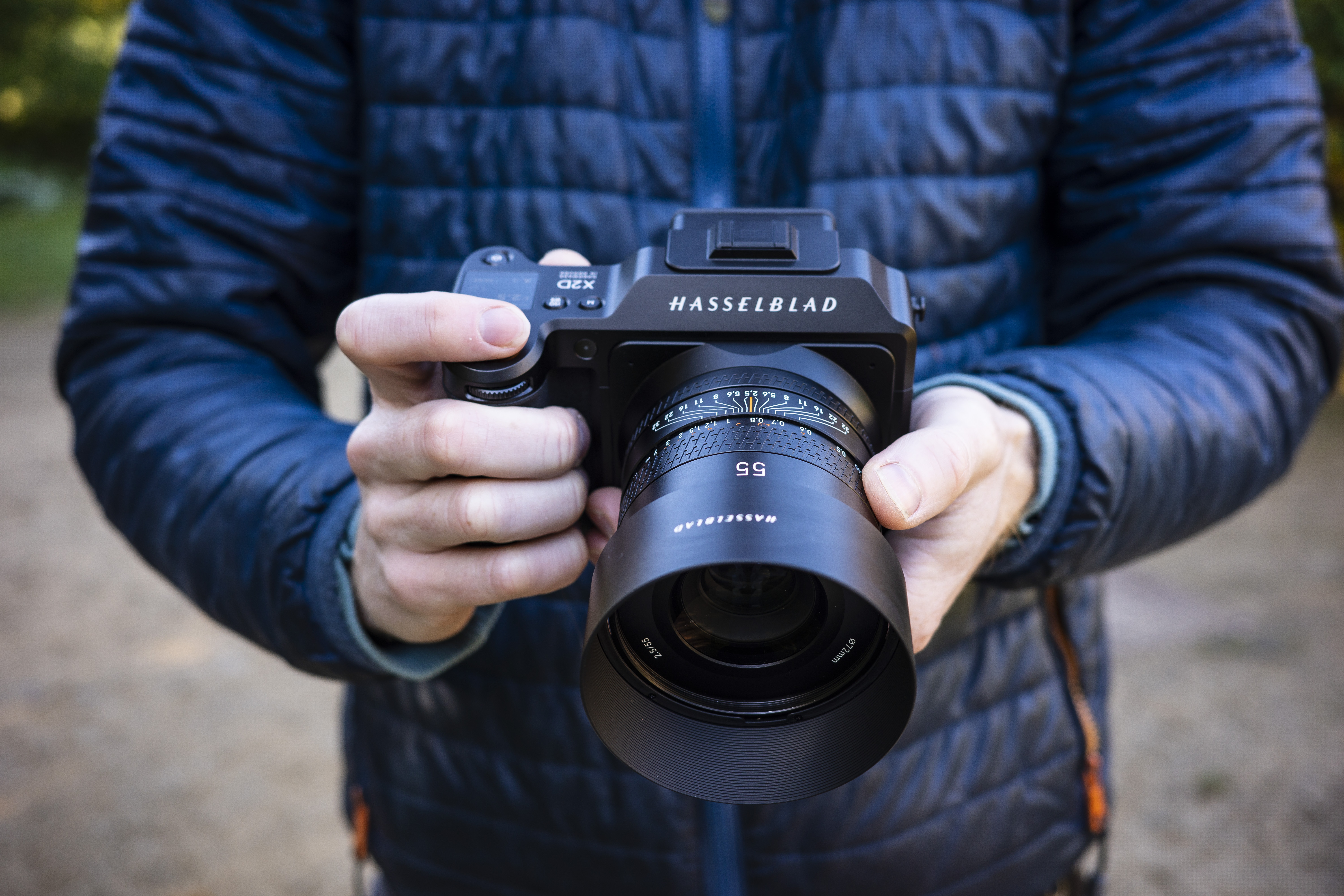5 ways that cameras will evolve in 2023 - for good and for bad
What we’ll see and what we’d like to see

This year promises to be another super-interesting one for all kinds of cameras and lenses, as we see kit both evolve and devolve. So we’ve rounded up the biggest photographic trends we’re expecting to see, along with one we’re optimistically hoping for.
Hybrid photo and video shooters will continually reap the benefit as mirrorless cameras and lenses evolve from photo-centric design, but anyone buying new will consequently feel the pinch as kit becomes more expensive.
Smartphone cameras will continue to get better with some of the most exciting developments at the hardware, rather than the software, stage. Expect bigger sensors and zoom lenses, complimented by ever-sophisticated computational photography smarts.
Yet there is also a genuine sense of growing interest in film cameras again. Young audiences in particular are turning to analogue photography, while Pentax offered us a ray of hope by announcing development of new film cameras. We’d love to see simpler cameras appear in the digital realm, too. Let’s take a closer look at each of these emerging camera trends for 2023.
1. Cameras and lenses will get more expensive
Many think cameras and lenses are getting more expensive. Is this true? The answer is both yes.. and no. Like-for-like cameras across DSLR and mirrorless cost largely the same at launch, when adjusting for inflation.
But as smartphone camera tech improves at a seemingly relentless pace, the pressure is well and truly heaped on the cameras market and it’s no secret that the big camera brands have had to set their sights higher.
The result? We are seeing more activity in the pro-level market that for now has significant breathing space from smartphones. Put simply, pro-level cameras like the Nikon Z9, Canon EOS R3 and Sony A1 do more; 8K video, high-resolution photos, fast burst modes, sophisticated autofocus. Expect more of the same this year.
Get daily insight, inspiration and deals in your inbox
Sign up for breaking news, reviews, opinion, top tech deals, and more.

And what about lenses? Again, many like-for-like mirrorless lenses actually cost the same as DSLR lenses at launch. But some lenses – take a mirrorless lens like the Nikon Z 50mm f/1.8, for example – can cost up to four times the DSLR equivalent.
Why so? Put simply, the optics are better in these modern mirrorless lenses. There’s sharp detail in every part of the shot (where a DSLR lens sharpness might fall-off in the corners), plus consistent performance across wide apertures (so you can now make the most of the f/1.8 setting without sacrificing quality). Lenses are evolving, too, which brings us to the next point.
2. More hybrid lenses for photo and video
Lenses are also evolving to reflect that the best mirrorless cameras are increasingly hybrid models that are equally adept shooting photo and video. This means that user needs are changing. We are beginning to see more standard zoom lenses (kit lenses) being wider at one end. Take the Sony FE 20-70mm F4 G lens announced on January 16 2023, and the Panasonic Lumix S 20-60mm F3.5-5.6.

Why wider? Video shooters often need a wider field of view than photographers, in order to account for the 16:9 aspect ratio and activities like vlogging. Photography-focused lenses are historically 28mm or, if you’re lucky, 24mm at the wide end, which really isn’t wide enough for many filmmakers.
Additional features more relevant to hybrid shooters are focus breathing suppression, silent autofocus, a manual focus clutch and in some cases a click-less aperture ring. Lens design sure is getting complex.
3. Analogue photography makes a comeback
Mirrorless cameras and lenses might well be getting more sophisticated, but there is a photography movement in the other direction. Gen Z is embracing film cameras like the trending Kodak Ektar 35. The Ricoh-owned Pentax announced it will make film cameras again. There’s a genuine sense that film could make a comeback on a wider scale.
Of course, film cameras from yesteryear still exist on the secondhand market and often don’t cost the earth. But what’s exciting about the Pentax prospect is the aftercare support. If there is a mechanical fault with your new film camera (we’ll be sure to write an update once specific Pentax film cameras are announced), a fix or spare parts are needed, those readily available infrastructures could make all the difference.

Could other brands follow suit, too? Many of today’s biggest camera brands – Canon, Nikon, Olympus (OK, OM Digital Solutions) and Fujifilm – have a rich history in film cameras that they could tap into.
Sadly, it’s unlikely with mirrorless cameras being their focus. And film is a logical niche for a company like Pentax, which has shunned mirrorless almost entirely.
4. Smartphone cameras get better hardware
Smartphone cameras have pitfalls at the hardware level compared to dedicated cameras, such as a small sensor and lens design that limit true image quality.
Computational modes and AI go a long way to address smartphone camera shortcomings, and the progression in these areas continues to amaze. That said, there are signs on the horizon of progression at the hardware level, too.
For example, the headlines of last year’s iPhone 14 Pro camera over the iPhone 13 were the pixel bump from 12MP to 48MP, but what was more exciting for camera enthusiasts was that the sensor itself was much bigger.

Combine that improvement with some trickery such as pixel binning (in the case of the iPhone 14 Pro this combines four pixels into one bigger one and brings you back to 12MP), and you have the best of both worlds – higher resolution if you want it, or crisper cleaner images from that larger sensor by default.
In 2023, we are likely to see more of the same across flagship handsets; more pixels (like the rumored 200MP sensor in the Samsung Galaxy S23 launching in February 2023), pixel binning and additional image cropping power.
Furthermore, the iPhone 15 camera is rumored to have a periscope lens design – something we have seen in the Samsung Galaxy S20-series of cameras. It works like a mirror lens as a true optical telephoto lens, rather than a lesser-quality digital zoom employed in usual cases. Samsung calls it ‘Ultra Space Zoom’ and this mode could be improved by the increase in pixels, like in the upcoming S23.
5. One thing we want to see: simpler cameras
Almost all mirrorless and DSLR cameras are produced in Japan and largely exhibit a certain design and performance philosophy – to do it all. Plentiful controls, dense menus packing a wide array of shooting modes for photo and video in all scenarios, and sophisticated autofocus options are all common. It’s a philosophy that dominates cameras and defines what we expect.
However, functionality isn’t always about offering more and Swedish manufacturer Hasselblad shows us another way. Scandinavian-design philosophy presents a type of functionality that is best described as simplicity. In the Hasselblad X2D 100C, we have a camera with few controls, and a single page main menu. It doesn’t even shoot video.

The X2D 100C also 'misses' a lot of high-end features like blazing fast autofocus or even any real continuous autofocus modes, but it hits the mark where it counts for photographers of landscapes, portraits and even reportage. During our review we found the stripped back experience downright refreshing.
Yes, you don’t have to use controls and modes of other mirrorless cameras simply because they are available, but stripping back to the basics can be so helpful in focusing the creative mind and processes. It’s time to keep it simple.

Tim is the Cameras editor at TechRadar. He has enjoyed more than 15 years in the photo video industry with most of those in the world of tech journalism. During his time as Deputy Technical Editor with Amateur Photographer, as a freelancer and consequently editor at Tech Radar, Tim has developed a deeply technical knowledge and practical experience with cameras, educating others through news, reviews and features. He’s also worked in video production for Studio 44 with clients including Canon, and volunteers his spare time to consult a non-profit, diverse stories team based in Nairobi. Tim is curious, a keen creative, avid footballer and runner, and moderate flat white drinker who has lived in Kenya and believes we have much to enjoy and learn from each other.